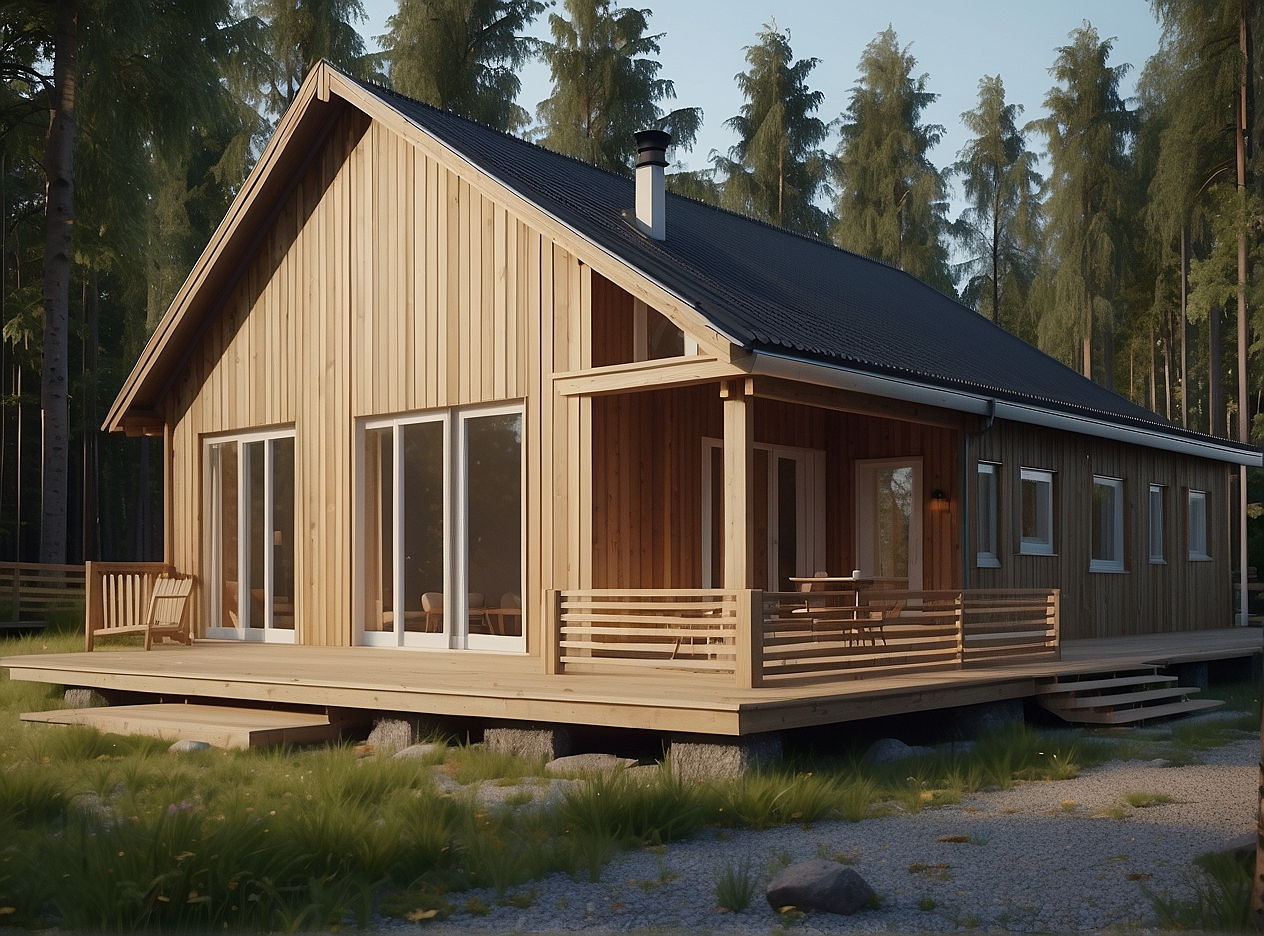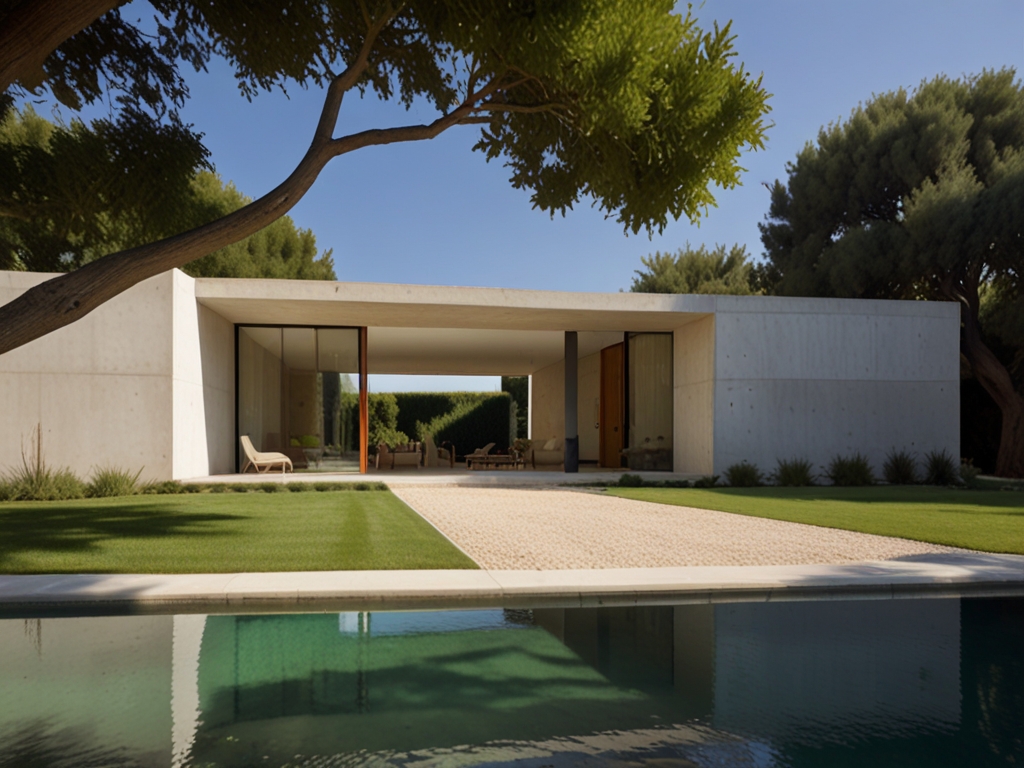In an era where environmental consciousness is paramount, the world of design is undergoing a profound transformation. Sustainable aesthetics are no longer just a trend, but a necessity that’s reshaping how we approach art, architecture, and product design. This shift is not only about reducing our carbon footprint but also about creating beauty and functionality that harmonizes with nature.
The Rise of Eco-Friendly Materials
One of the cornerstones of sustainable aesthetics is the use of eco-friendly materials. Designers are increasingly turning to biodegradable, recycled, and upcycled materials to create stunning pieces that are as kind to the environment as they are pleasing to the eye. From furniture made of ocean plastics to textiles derived from agricultural waste, the possibilities are endless and exciting.
Biophilic Design: Bringing Nature Indoors
Biophilic design, which incorporates natural elements into built environments, is gaining traction in both residential and commercial spaces. Living walls, natural light optimization, and the use of organic shapes and patterns are just a few ways designers are blurring the lines between indoor and outdoor spaces, promoting well-being and connecting people with nature.

Energy-Efficient Beauty
Sustainable aesthetics also encompass the integration of energy-efficient technologies into design. Smart homes with beautiful, intuitive interfaces that manage resource consumption, solar panels that double as artistic roof tiles, and wind turbines that serve as public art installations are examples of how functionality and aesthetics can coexist in the pursuit of sustainability.
The Impact on Consumer Choices
As awareness grows, consumers are increasingly making choices based on sustainability. This shift is pushing brands to rethink their design processes and adopt more environmentally friendly practices. From packaging to product lifecycle, every aspect of design is being scrutinized through the lens of sustainability.
Challenges and Opportunities
While the move towards sustainable aesthetics presents challenges, such as higher initial costs and the need for new skills and technologies, it also opens up a world of opportunities. Designers who can successfully marry sustainability with compelling aesthetics will be at the forefront of this revolution, creating works that not only look good but do good.
The Future is Green and Beautiful
As we look to the future, it’s clear that sustainable aesthetics will play a crucial role in shaping our world. By embracing this approach, we can create spaces and objects that are not only visually stunning but also contribute to a healthier planet. The future of design is not just green – it’s vibrant, innovative, and full of possibilities.
Are you ready to embrace sustainable aesthetics in your next project? Explore our portfolio to see how we’re incorporating these principles into our work, or get in touch to discuss how we can help bring your sustainable design vision to life.

